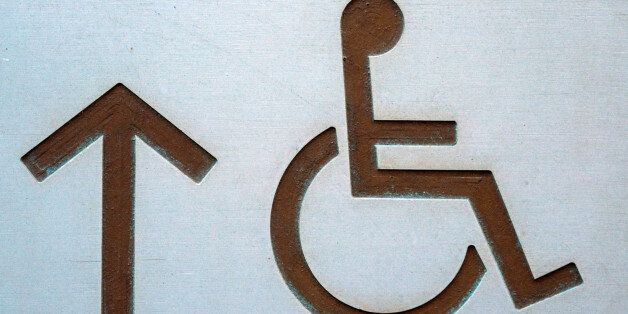
As National Apprenticeship Week draws to a close it's a good opportunity to reflect not only on the great existing work in the employment support and skills sector, but also on the challenges and opportunities ahead.
It is in this spirit that ERSA is calling on the government to improve disabled jobseekers' access to apprenticeships through the new Apprenticeship Levy, thereby joining up its pledges to halve the disability employment gap and secure three million apprenticeships.
With appropriate support, apprenticeships can provide an excellent route into the labour market for people with disabilities and learning difficulties. Although participation rates for disabled apprentices have increased from 19,230 in 2005-5 to 50,640 in 2015/16, much more could still be done. And, with the government target of three million apprenticeships by 2020, combined with the launch of the Apprenticeship Levy in May, this systemic step-change provides a clear opportunity to do more.
ERSA believes that the government should avoid missing a trick by working towards ensuring that access to apprenticeships is broadened. This should be seen in the context of the government's pledge to halve the disability employment gap - which will require over 1.2 million more disabled jobseekers to enter work.
With an 80% reduction in nationally contracted specialist employment support this year, ERSA research found that 45,000 fewer disabled jobseekers will receive specialist support for every remaining year of this Parliament. It is therefore all the more important to get the apprenticeship system right for disabled jobseekers.
Better joined-up thinking across departments will help the government to square the circle of its pledges to deliver three million apprenticeships and halve the disability employment gap.
To get it right, the government should begin by taking up the recommendations made in its own Maynard taskforce last year.
These include simple changes, such as altering the design of apprenticeships to adjust the minimum standard of English and maths required for apprentices with learning difficulties and disabilities who are able to meet the occupational standard.
Equally, pilots should be commissioned to explore how Apprenticeship Levy funding can be flexed to incentivise employers to recruit apprentices with disabilities.
With the Apprenticeship Levy and the government's three million target, there is a once-in-a-generation opportunity to get it right.
Marrying up the government's pledge to halve the disability employment gap with its apprenticeship target, and building a system fit for purpose, is a win-win. Let's make sure we seize this opportunity now.